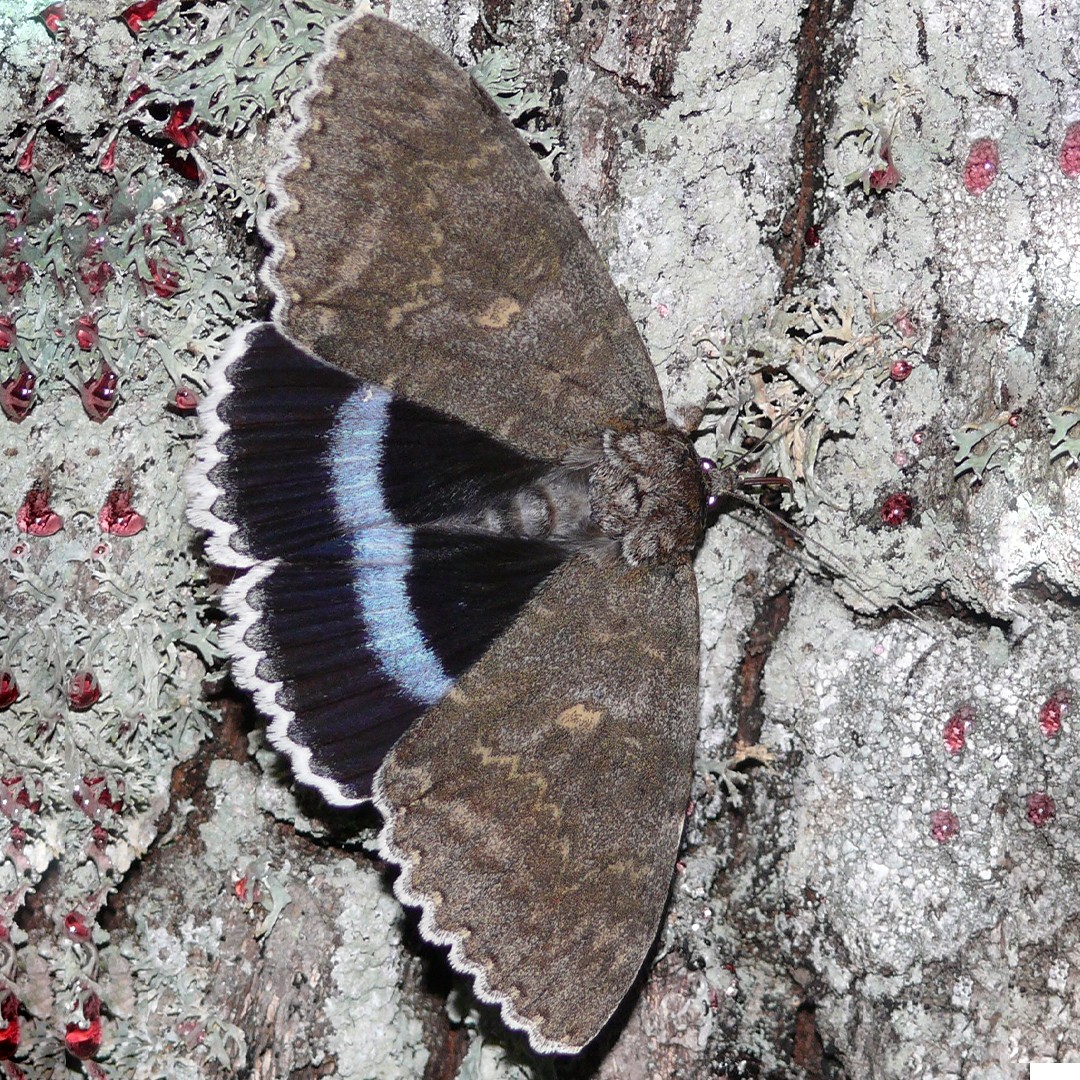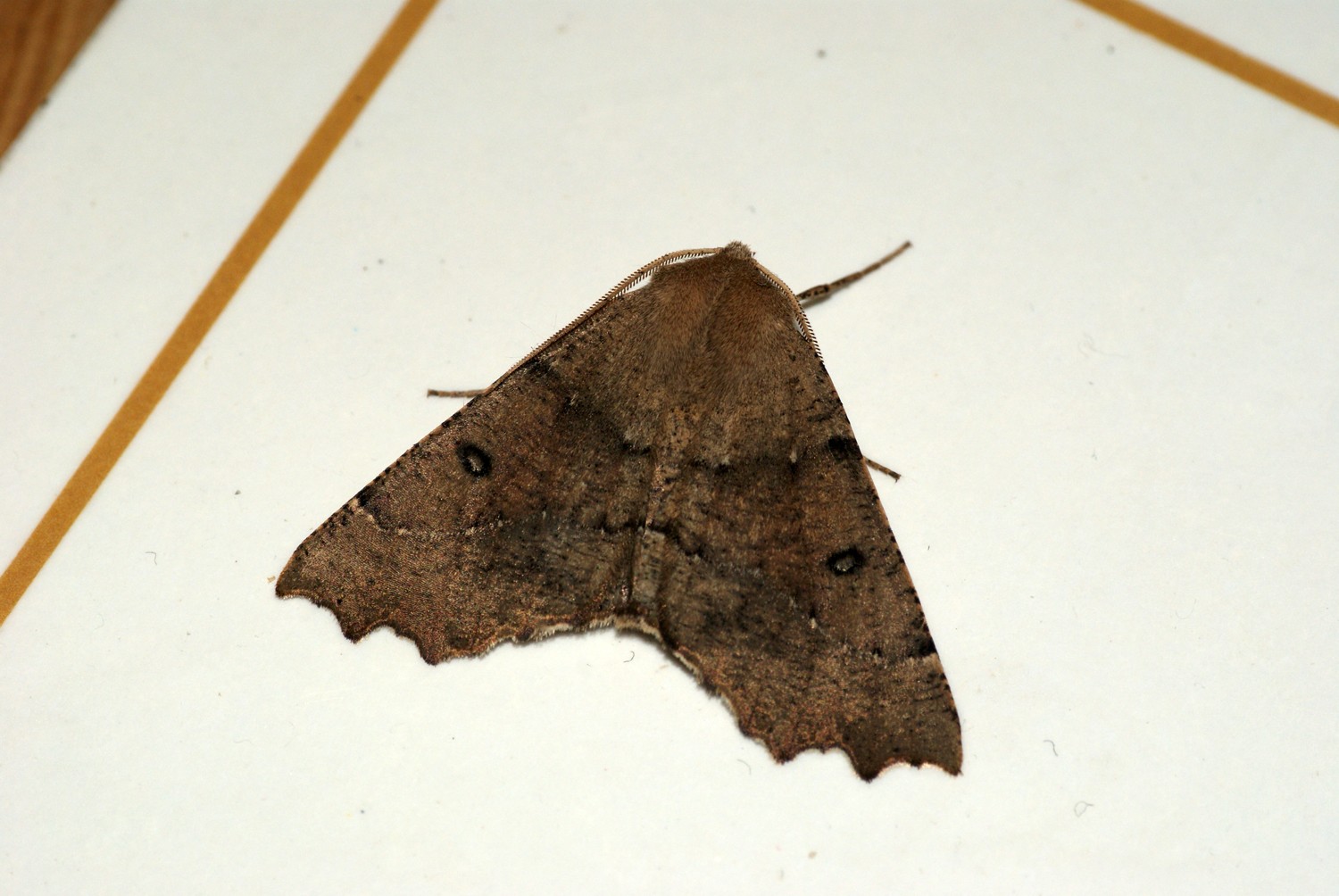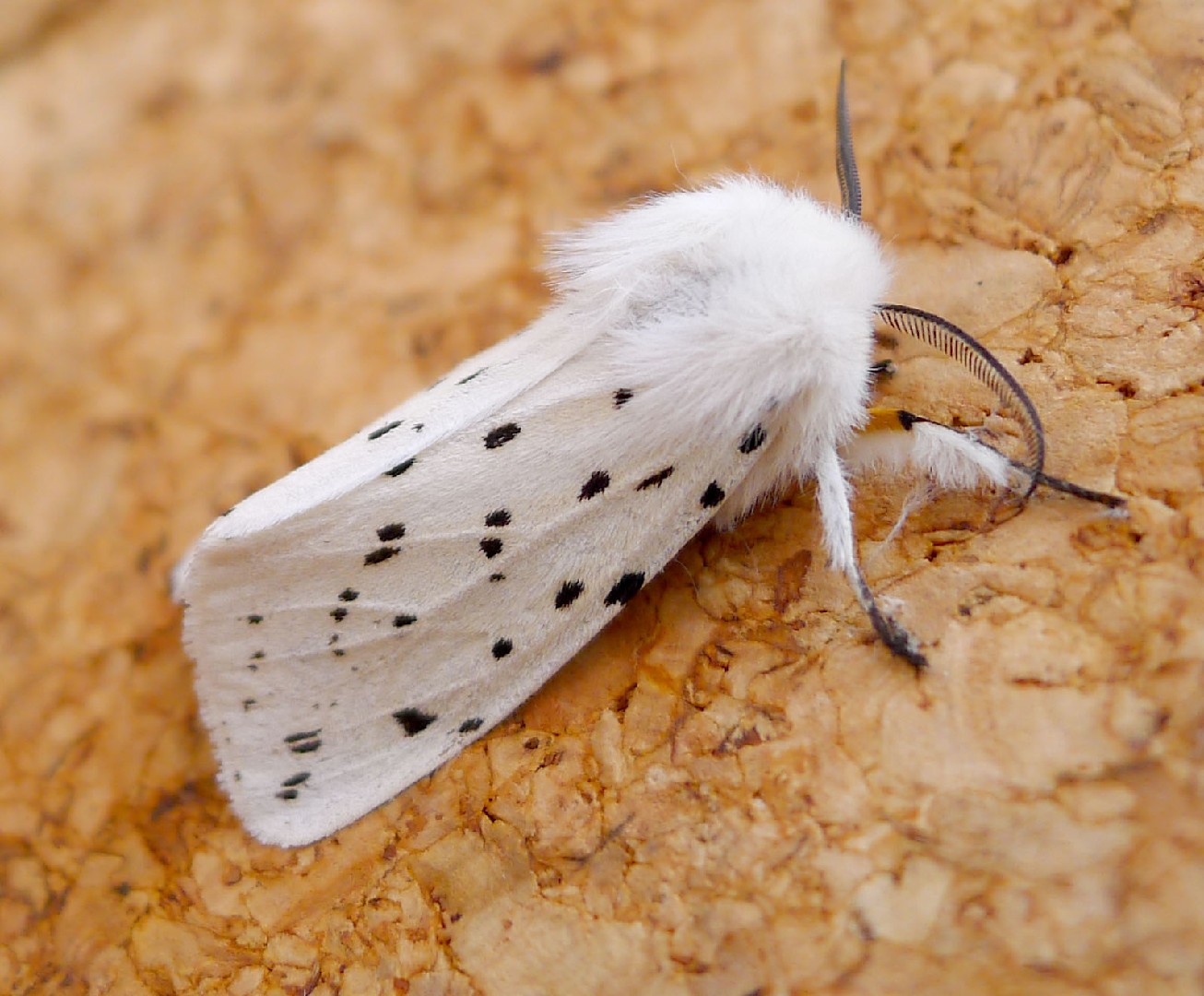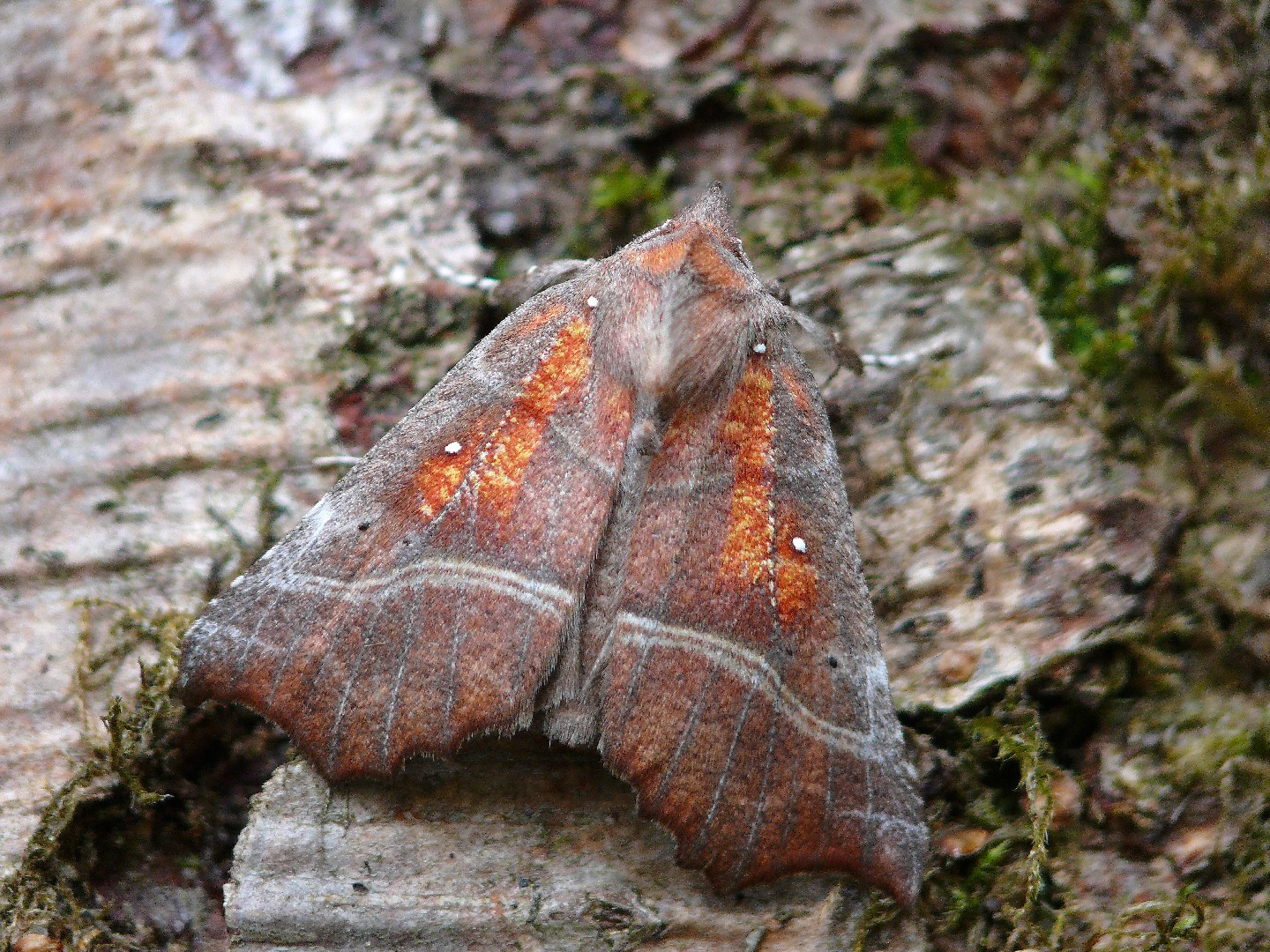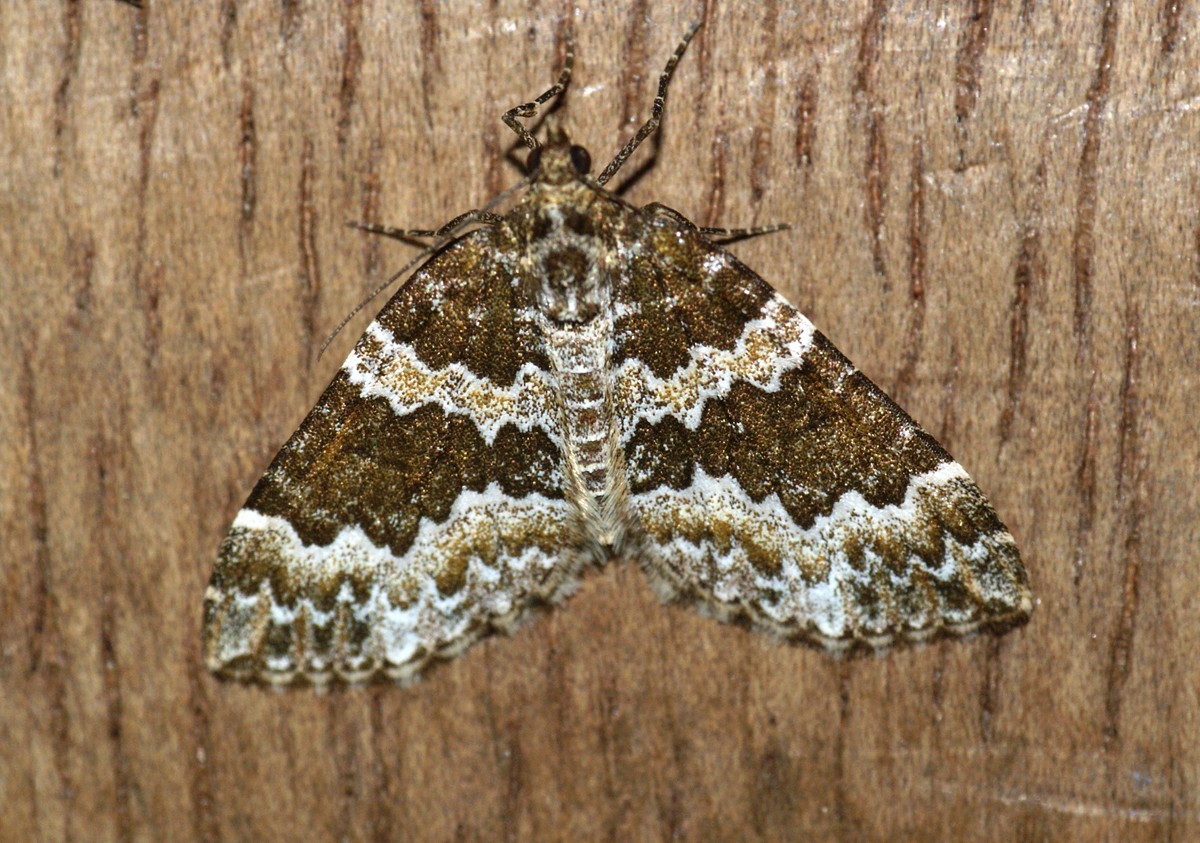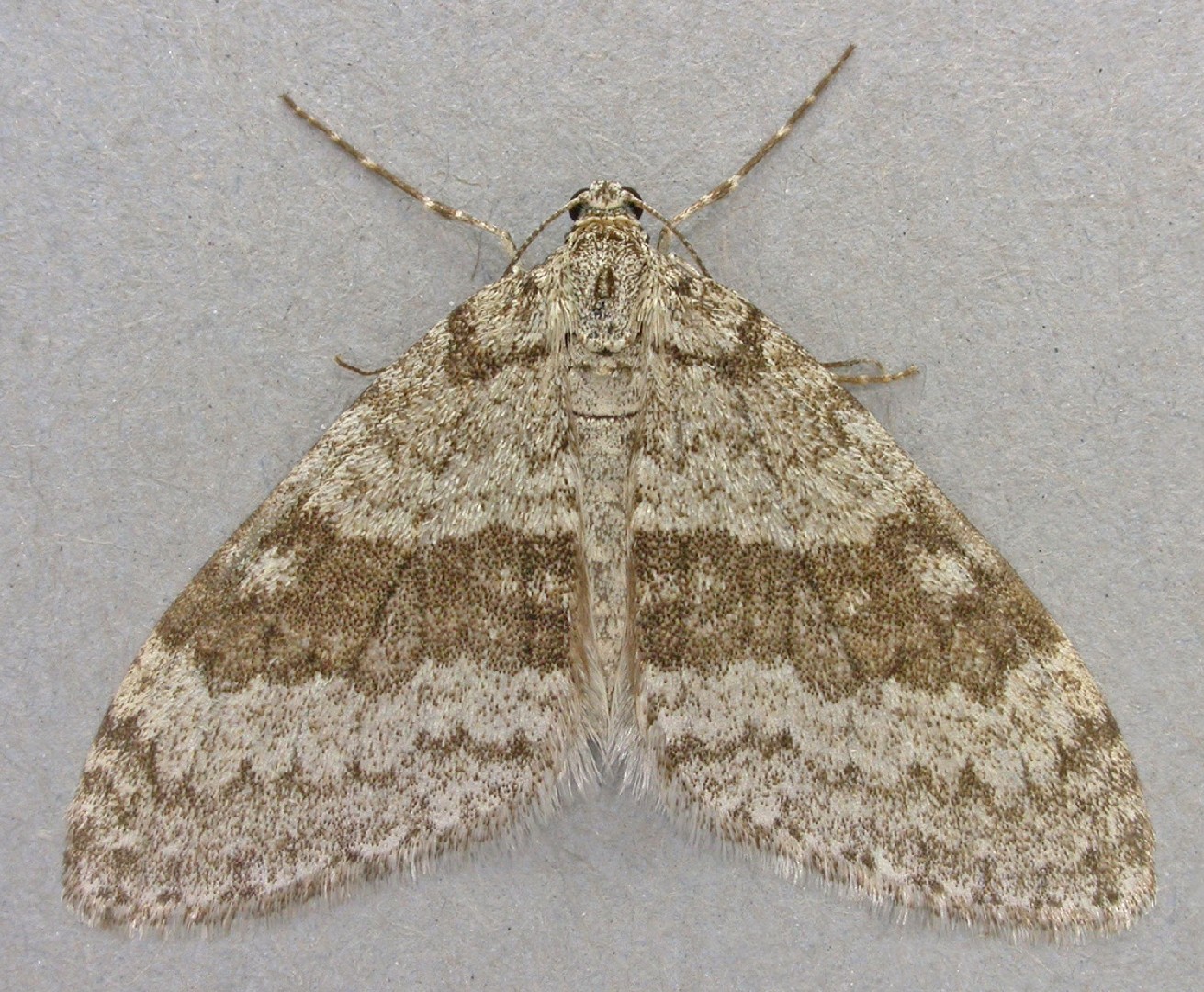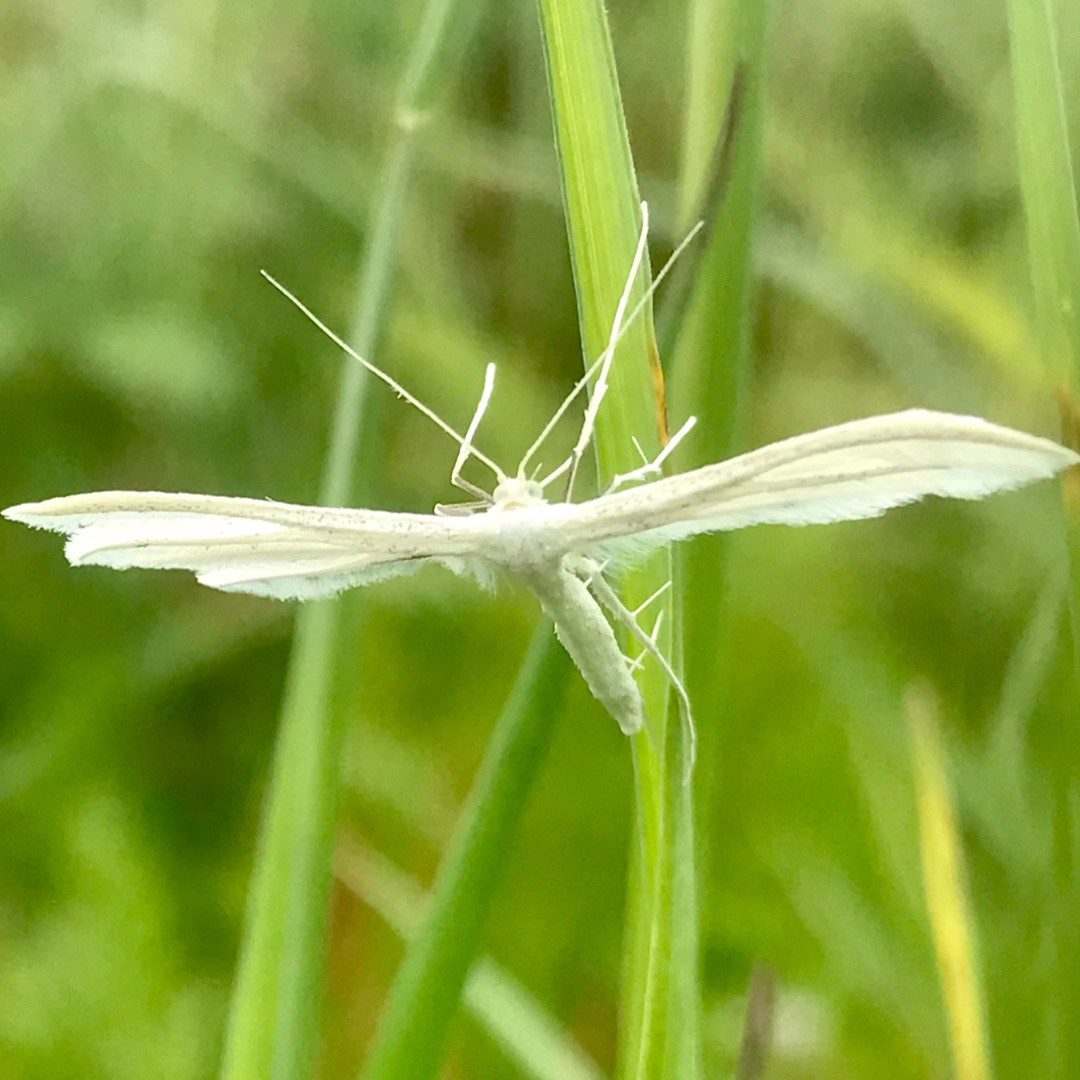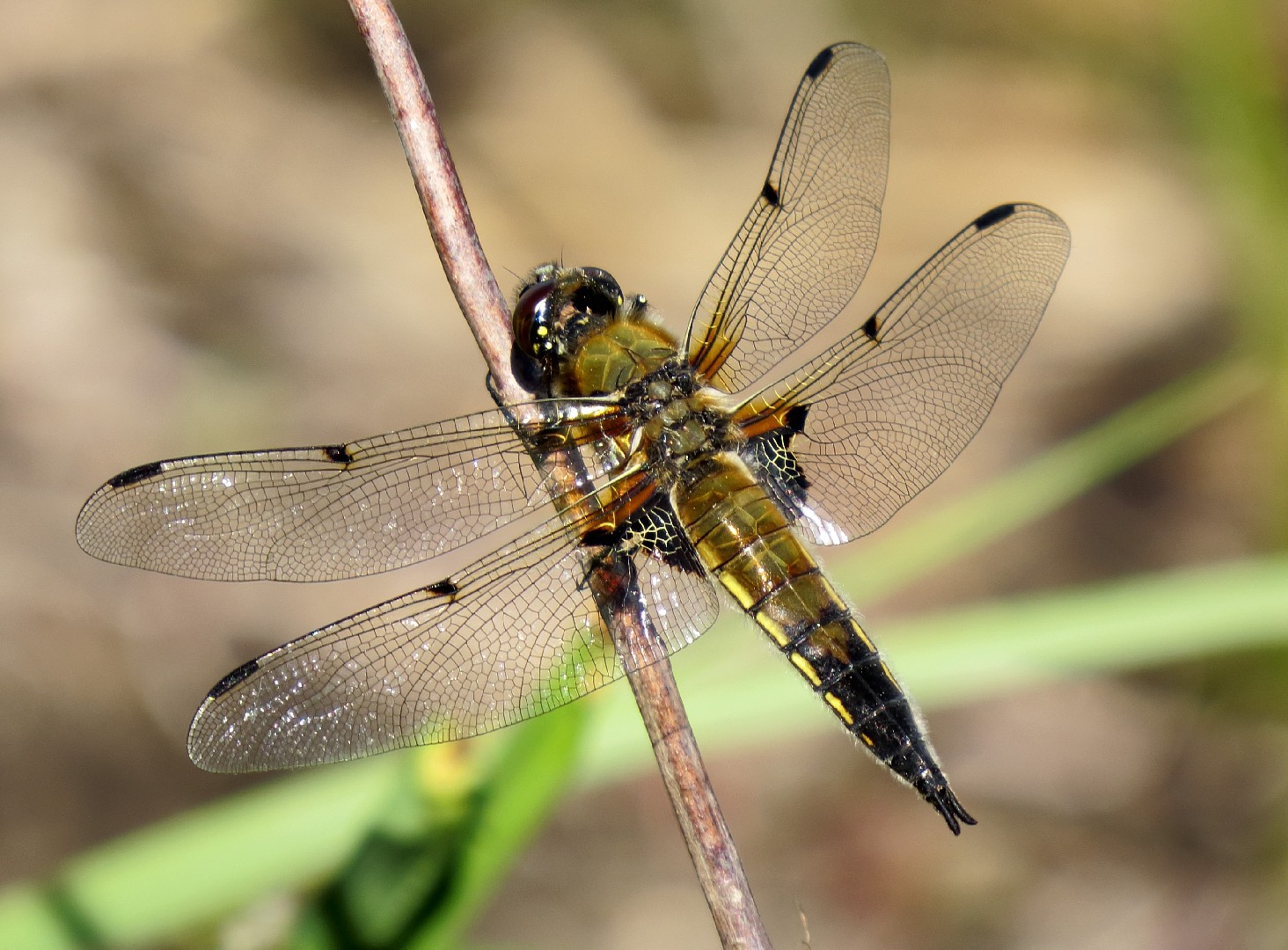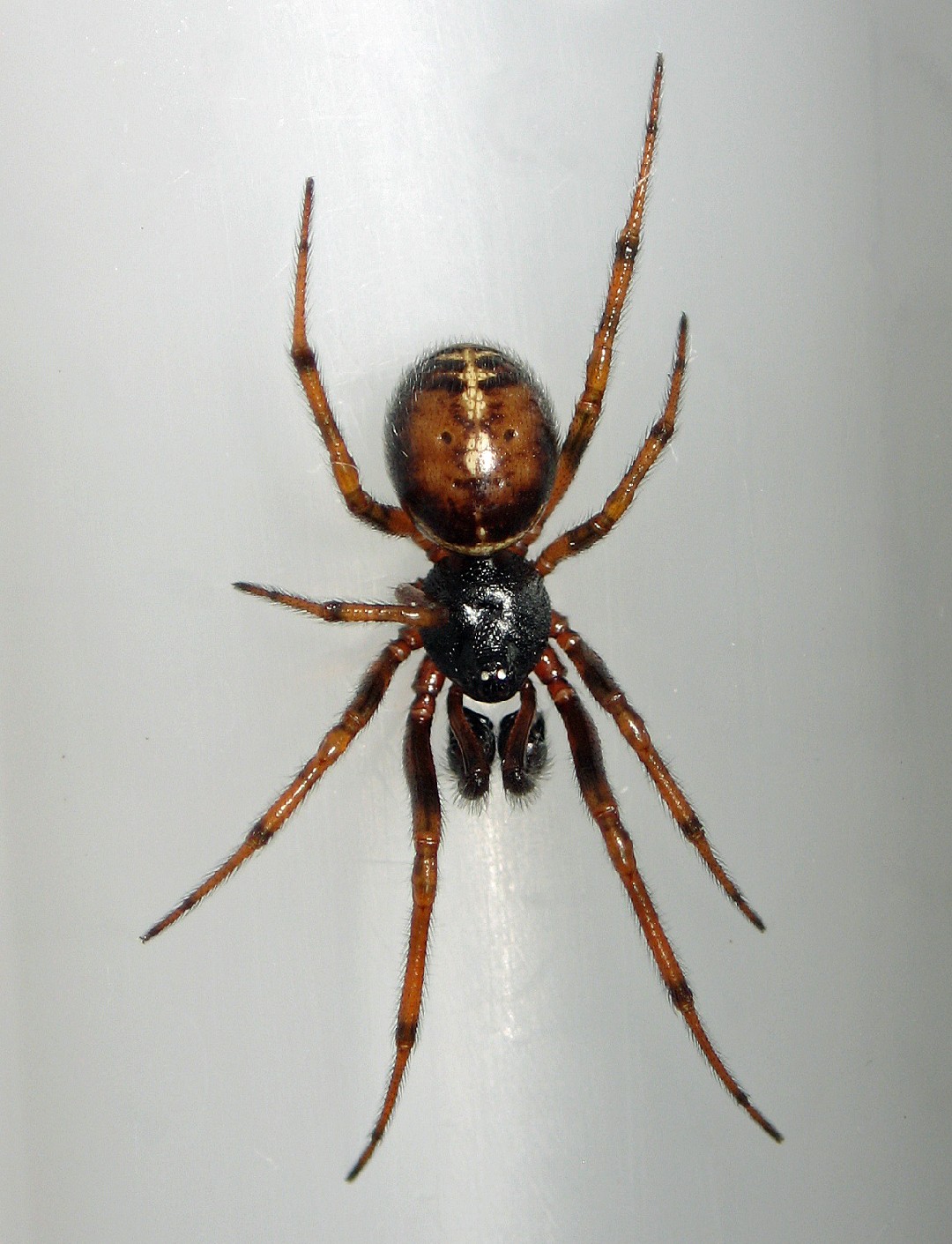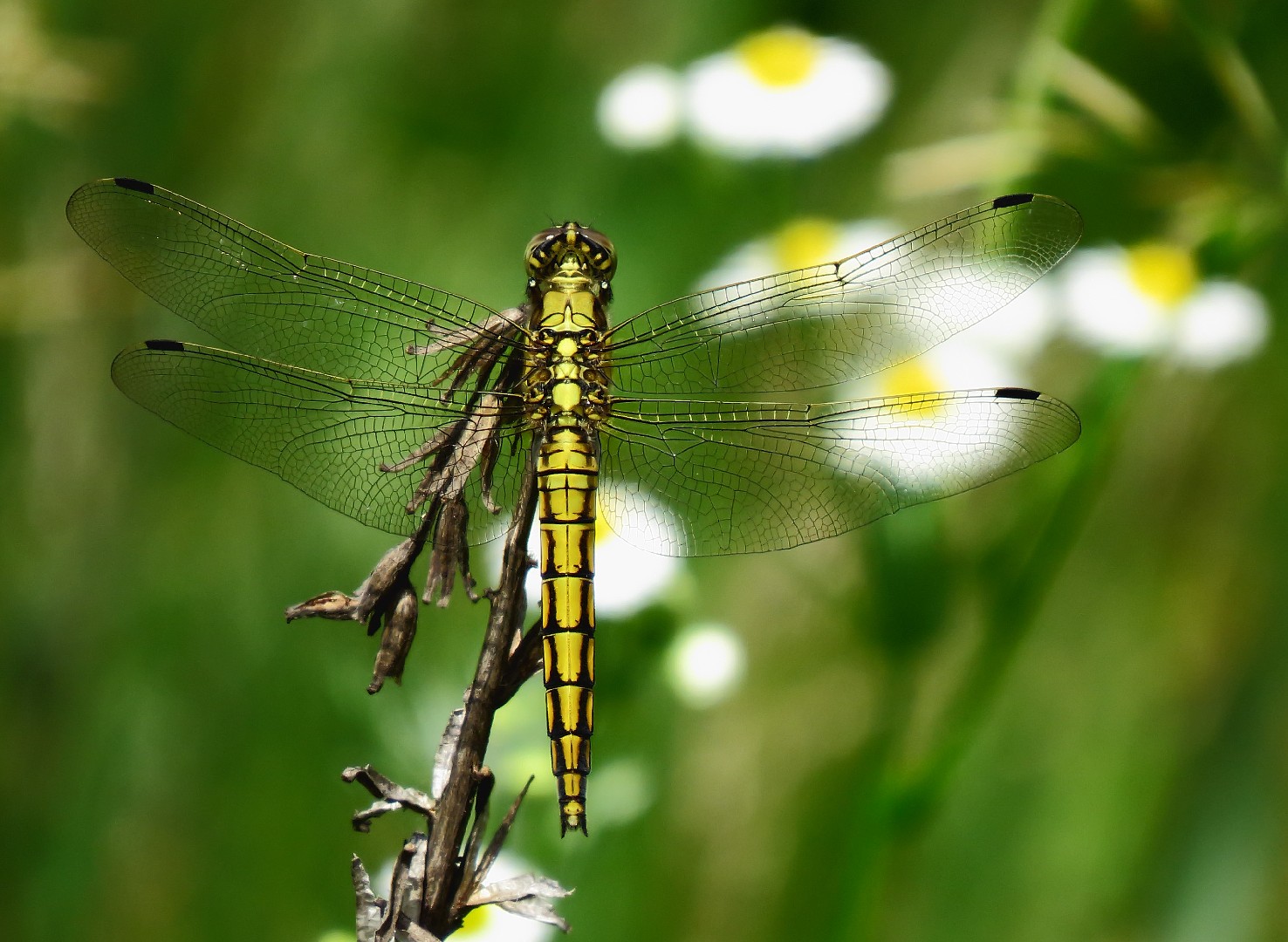Top 20 Most Common Insects in Sylva
Insects, marvels of nature's minutiae, are notable for their diversity, especially in Sylva. Varying landscapes across the region foster numerous insect species, each playing a crucial role in our ecosystem, be it as pest controllers or pollinators. Exploring 20 most common insects in Sylva provides a unique insight into the relationship between these tiny wonders and their environment.
Most Common Insects
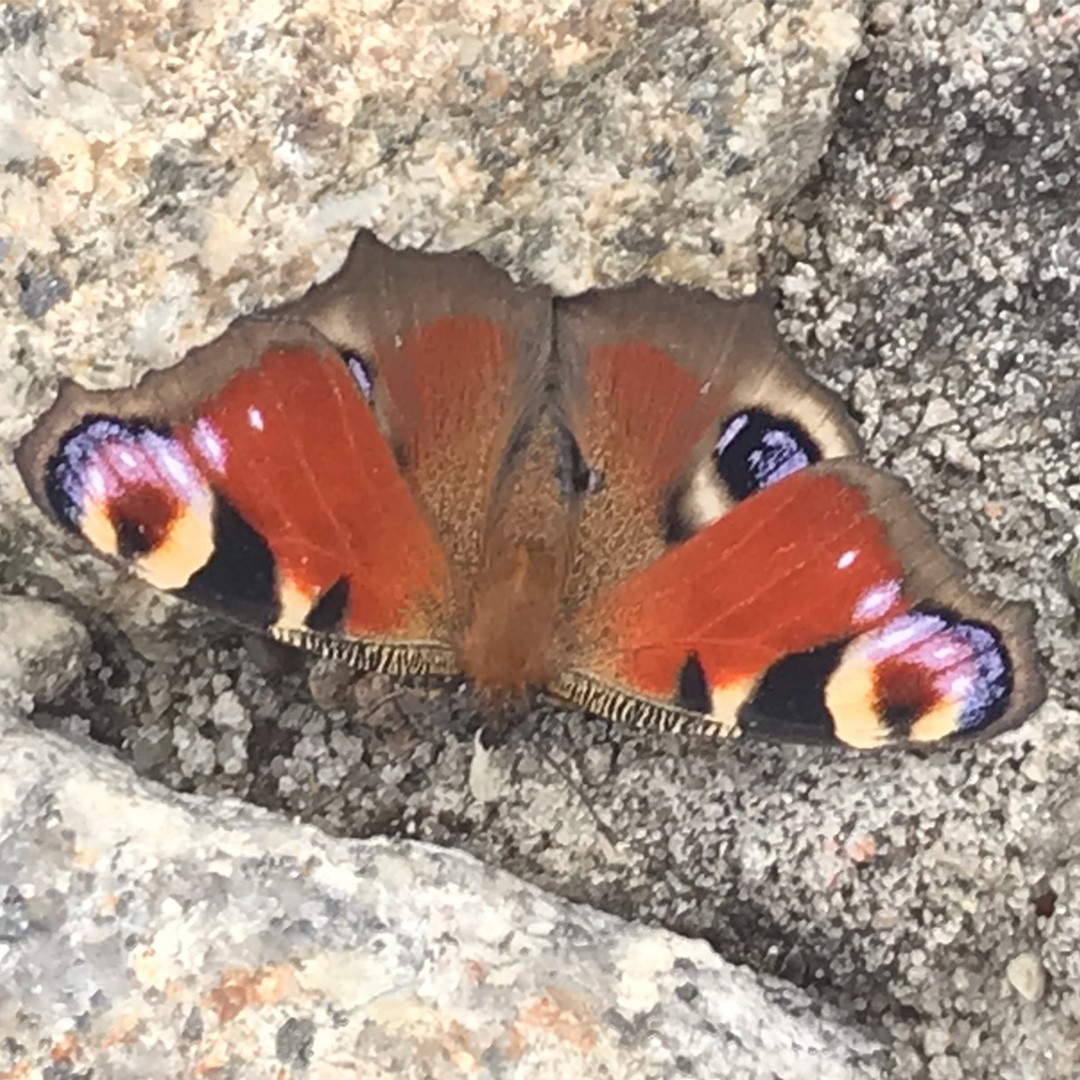
1. European peacock
European peacock (Aglais io) is a colorful butterfly that resides in temperate Asia and Europe – hence its common name. Its prominent eyespots deter would-be predators, who mistake them for the eyes of a bigger, more dangerous species. In recent years, this species appears to be expanding its range into previously uncolonized territory.
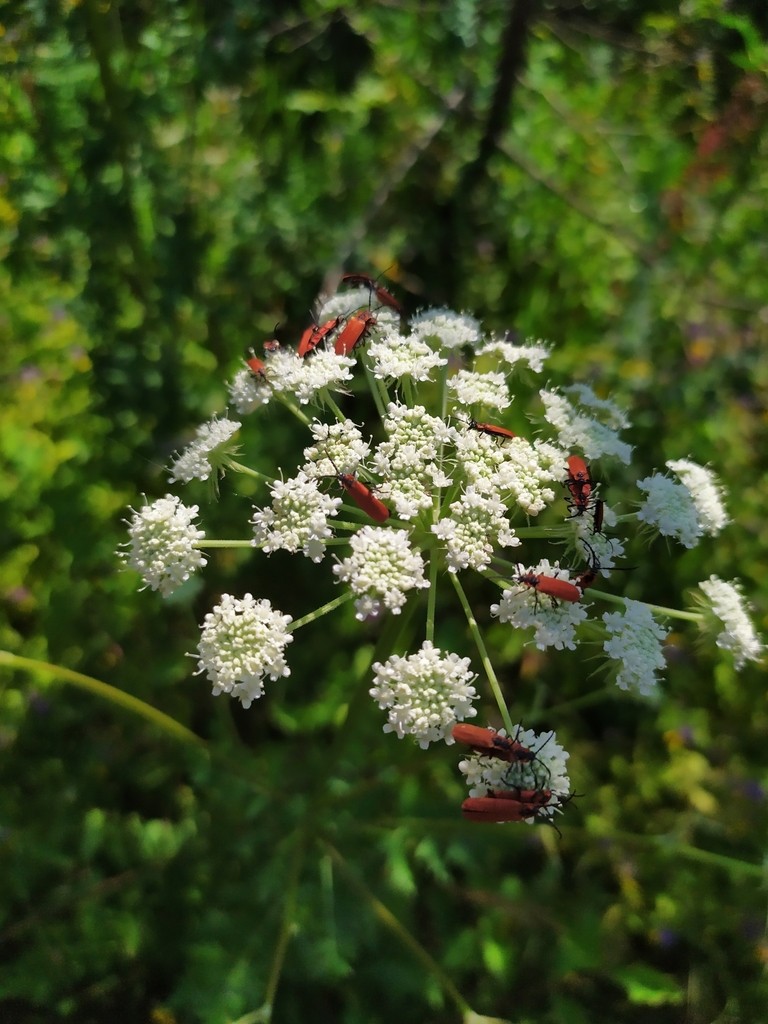
2. Lygistopterus sanguineus
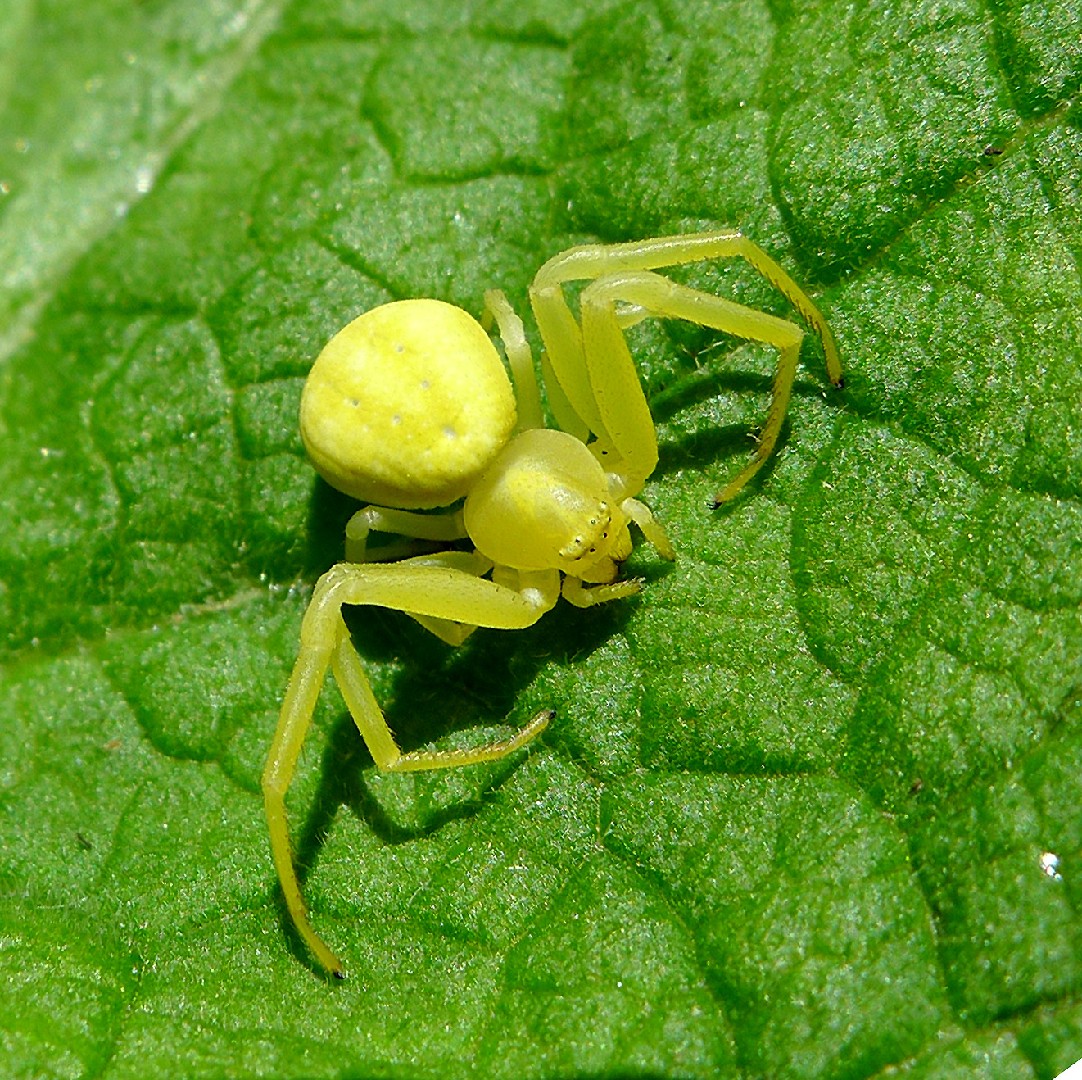
3. Goldenrod crab spider
Rather than for its coloring, goldenrod crab spider (Misumena vatia) is named for its tendency to hunt within sprays of goldenrod. This species is capable of catching and consuming prey several times larger than itself, such as dragonflies or grasshoppers. Loyal parents, the females will guard their eggs until they hatch and the tiny spiders disperse, after which the female will die.
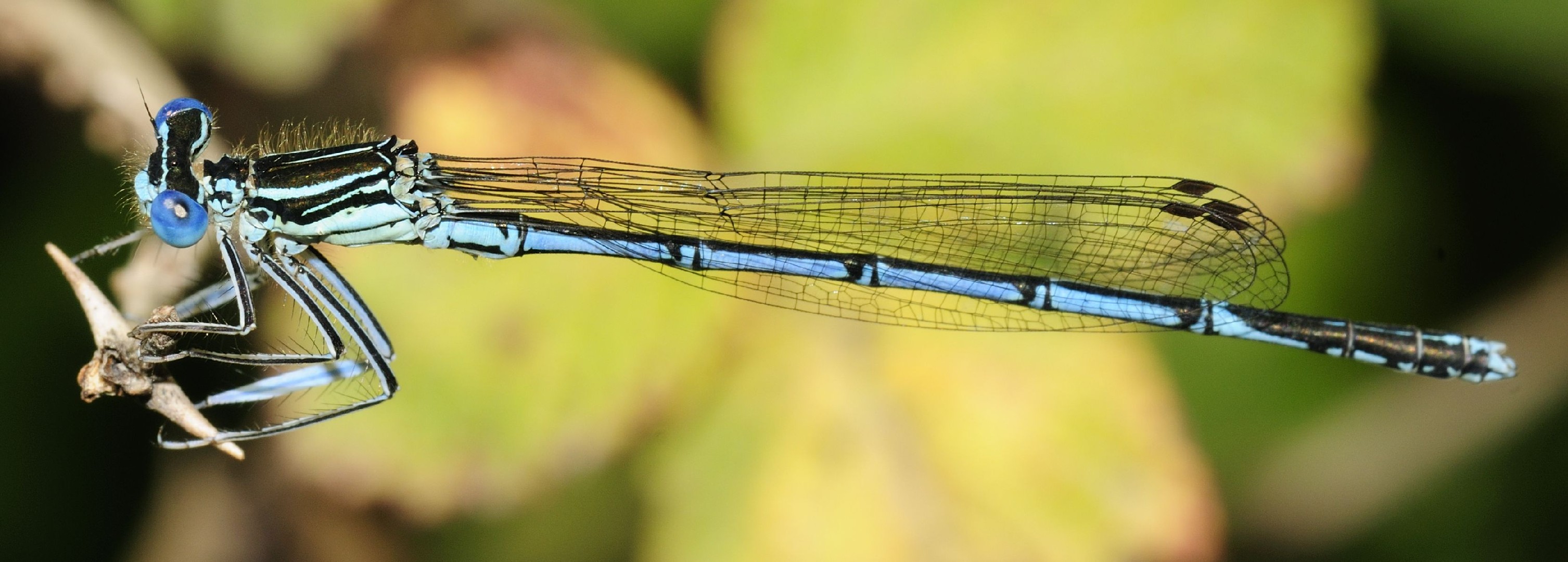
4. White-legged damselfly
The white-legged damselfly or blue featherleg (Platycnemis pennipes) is a damselfly of slow-flowing, muddy waters. It occurs from the Atlantic to Siberia and is often abundant throughout its range. 
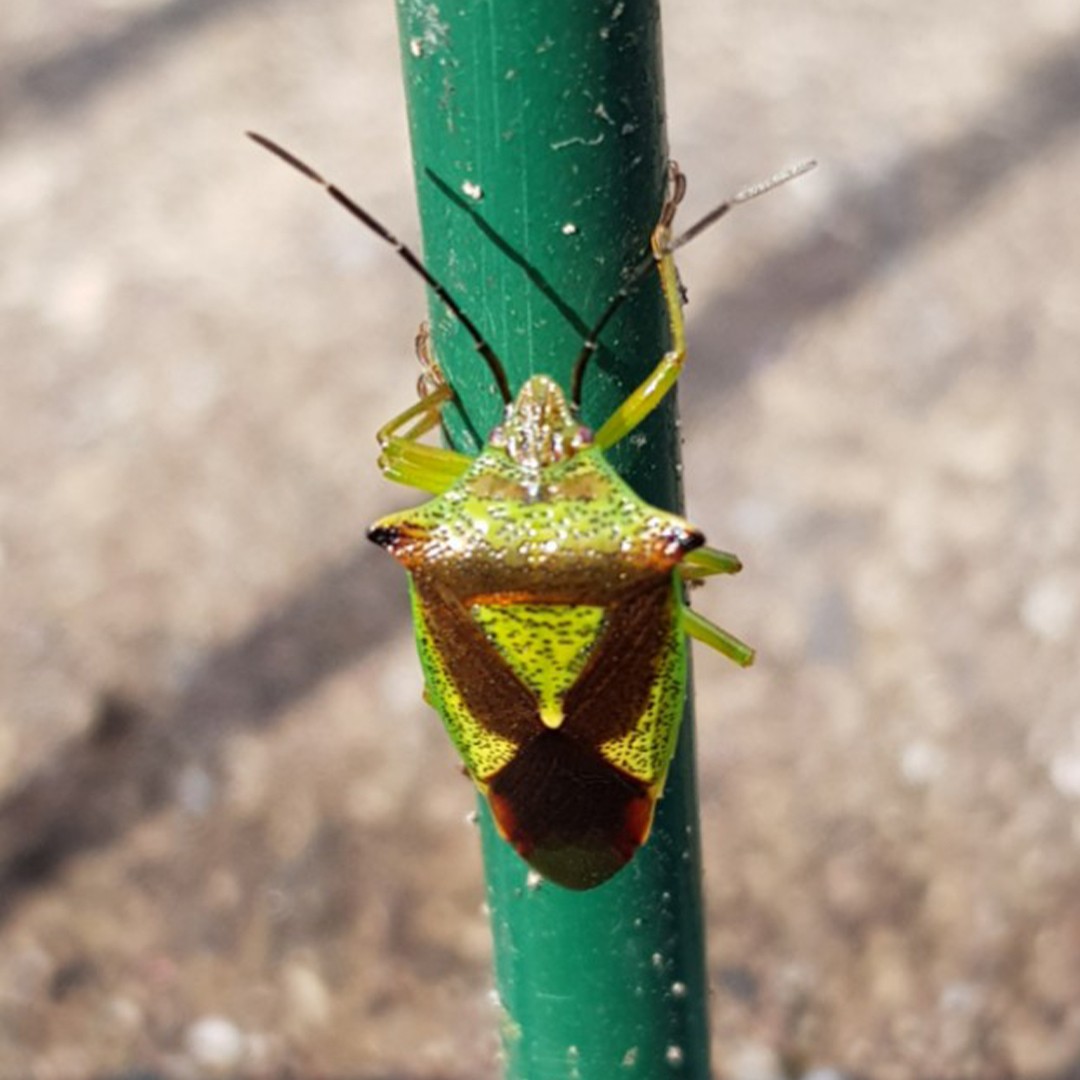
5. Hawthorn shield bug
The hawthorn shield bug (Acanthosoma haemorrhoidale) is a common European shield bug. Its chief food is haws, the fruit of the hawthorn tree, but adults can overwinter on a diet of leaves, and individuals can be found on many potential food plants, including pedunculate oak, sessile oak and whitebeam. They may grow up to 17 mm (0.67 in) long, and are camouflaged in shades of green and brown. Like many so-called "stink bugs", they may release unpleasant odours when disturbed. 

6. White-faced tortrix
Pandemis cinnamomeana is a moth of the family Tortricidae. It is found from Europe (except in the south) to Russia, China (Heilongjiang, Jilin, Shanxi, Shaanxi, Sichuan, Jiangxi, Hubei, Hunan, Yunnan), Korea and Japan. The wingspan is 18–24 mm. Adults are on wing from the end of June to July in western Europe. In Korea, adults are on wing from mid-May to mid-September. They hide during the day, usually among the foliage of large trees but sometimes showing a preference for tall bracken. The larvae feed on the foliage of Abies alba, Acer, Betula, Larix, Malus pumila, Picea sitchensis, Prunus, Pyrus, Quercus, Salix, Sorbus aucuparia, Sorbus commixta, Ulmus davidiana and Vaccinium. It has also been recorded from Camellia. They live amongst spun leaves. Young larvae hibernate, development continues in May and June. Pupation occurs in June and July, in the larval habitation. The larvae have been recorded attacking tea plantations, as well as forest and ornamental crops, but it is of minor economic importance. 
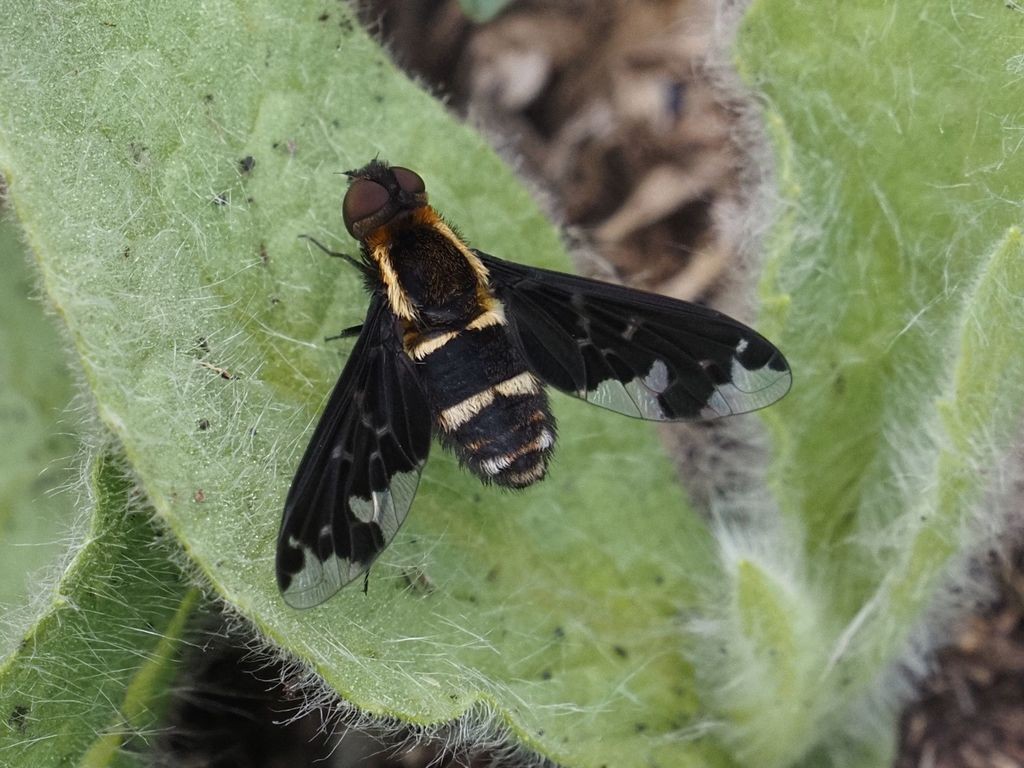
7. Hemipenthes maura
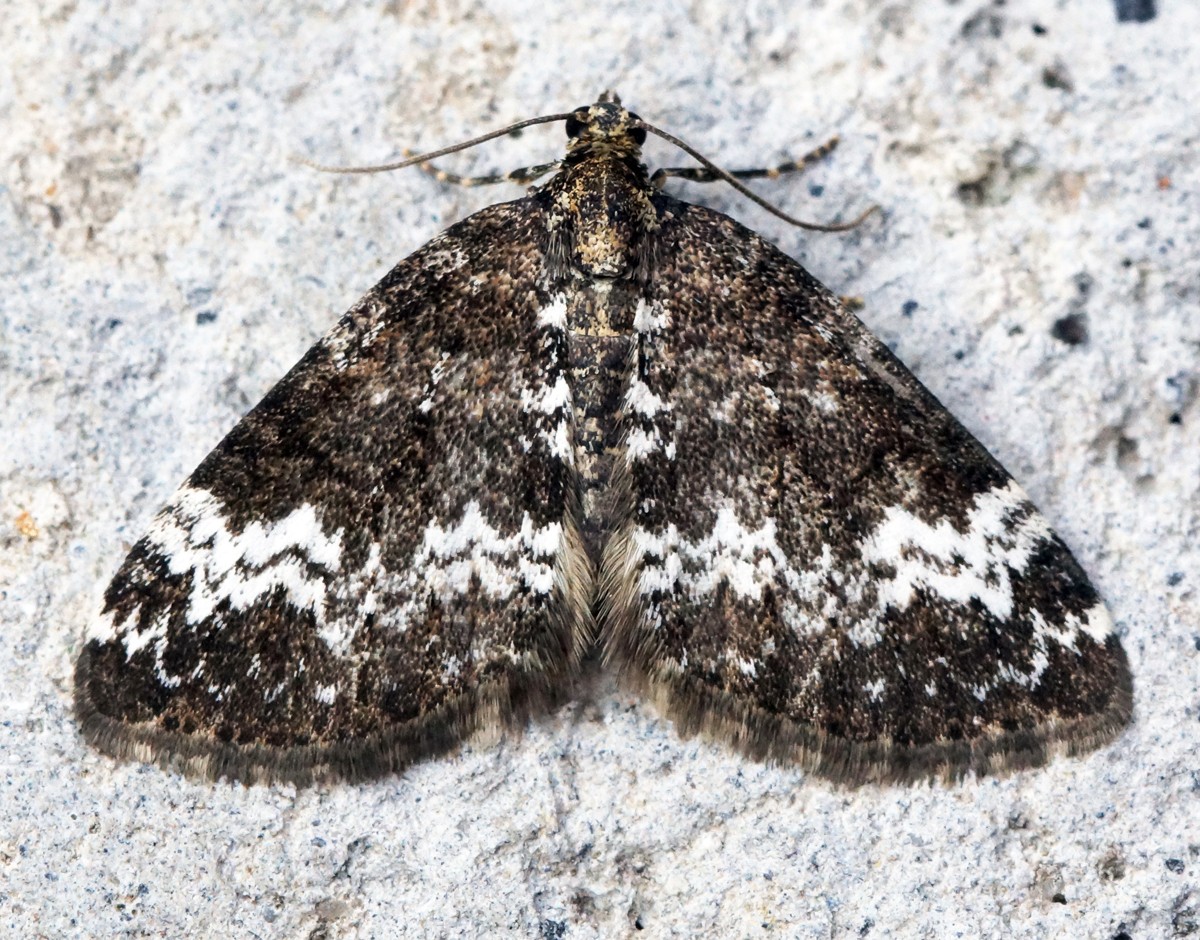
8. Small rivulet
The species is very similar to Perizoma affinitata in colour and pattern but often has a double indention in the inner margin of the band. It is also smaller. "Very similar to affinitata but smaller, with clearer and more regular white marks at the hindmargin of the forewing, tendency towards obsolescence of the pale band on the dark hindwing; distal area of forewing with black dushes on the veins. Generally less variable than affinitata. — peterseni notn. nov. has the white antemedian band well expressed; generally also the postmedian white band is somewhat widened and sometimes even a complete white subbasal is present. 
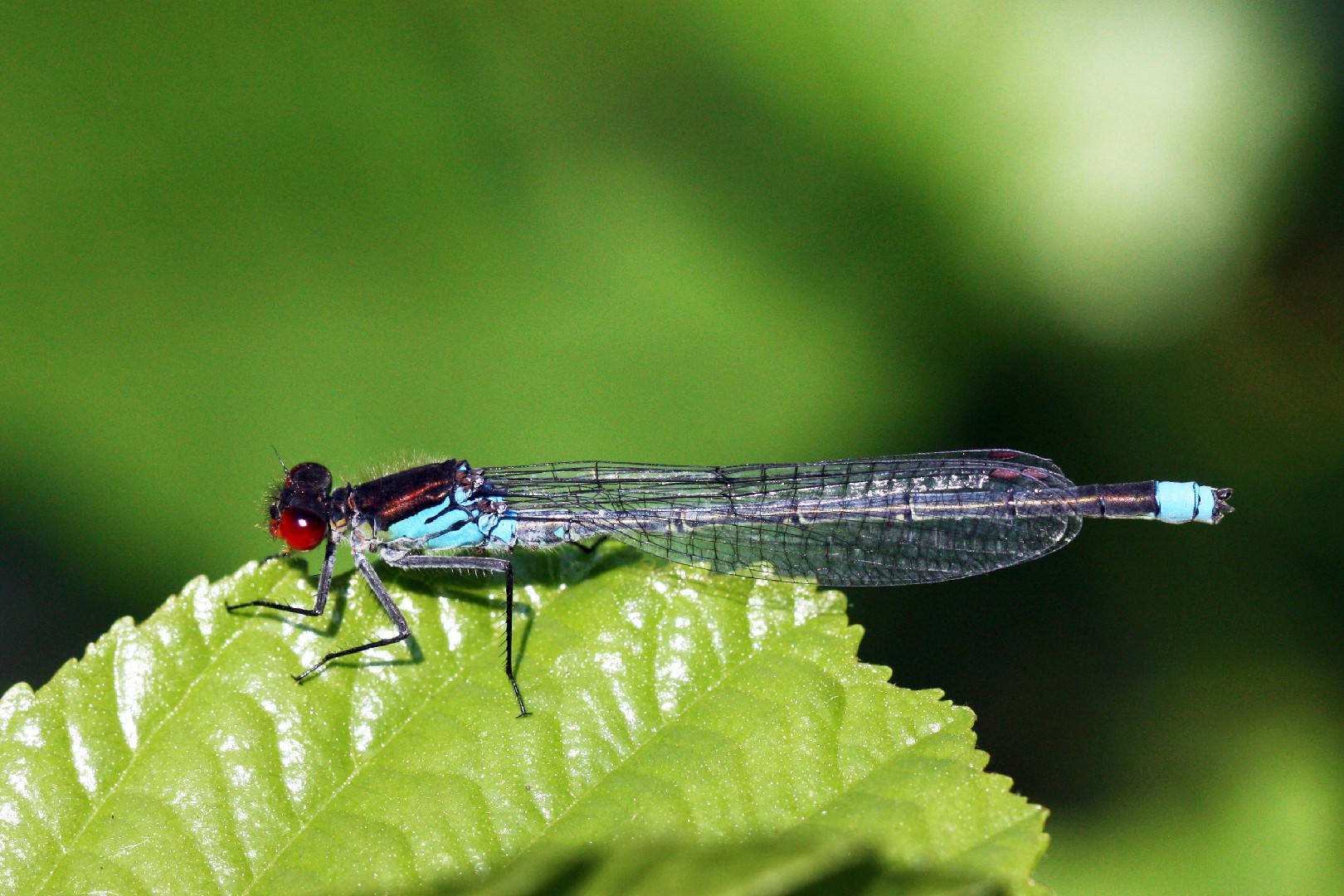
9. Red-eyed damselfly
The Great Pomegranate (Erythromma najas) is a dragonfly of the family of the Slate (Coenagrionidae). From its distribution, it is considered as a Euro-Siberian Faunenelement.
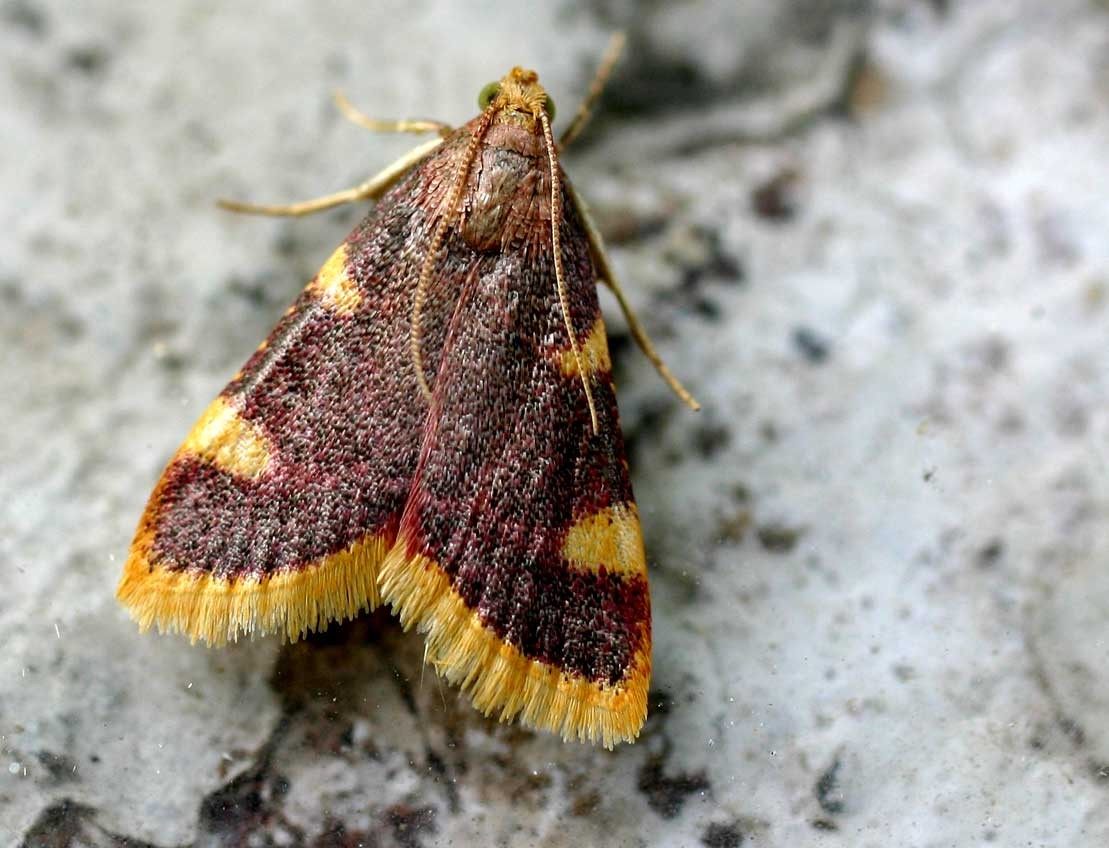
10. Clover hayworm moth
The wingspan is 1.6 - 2.5 cm. 
More
